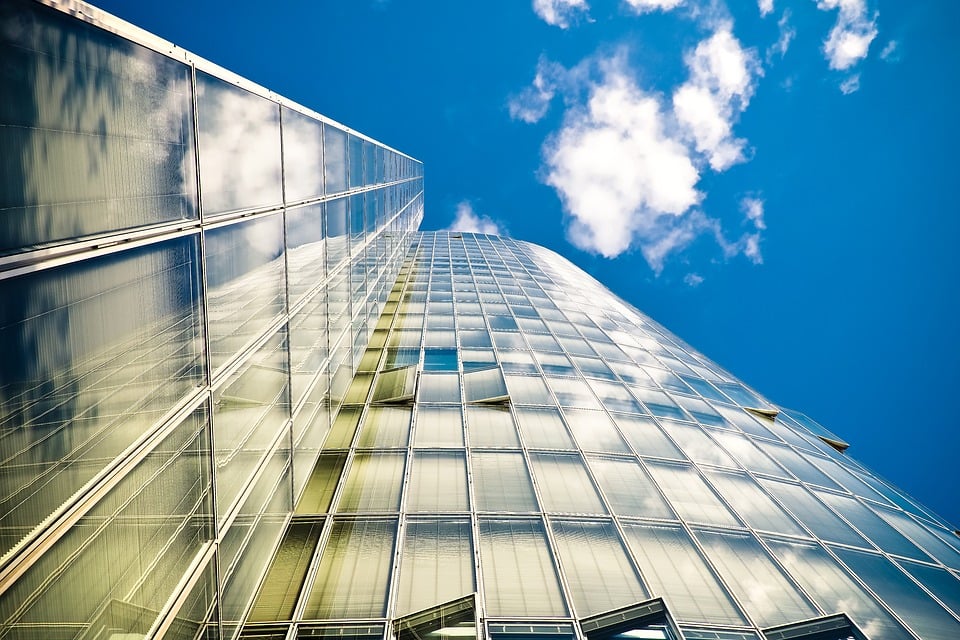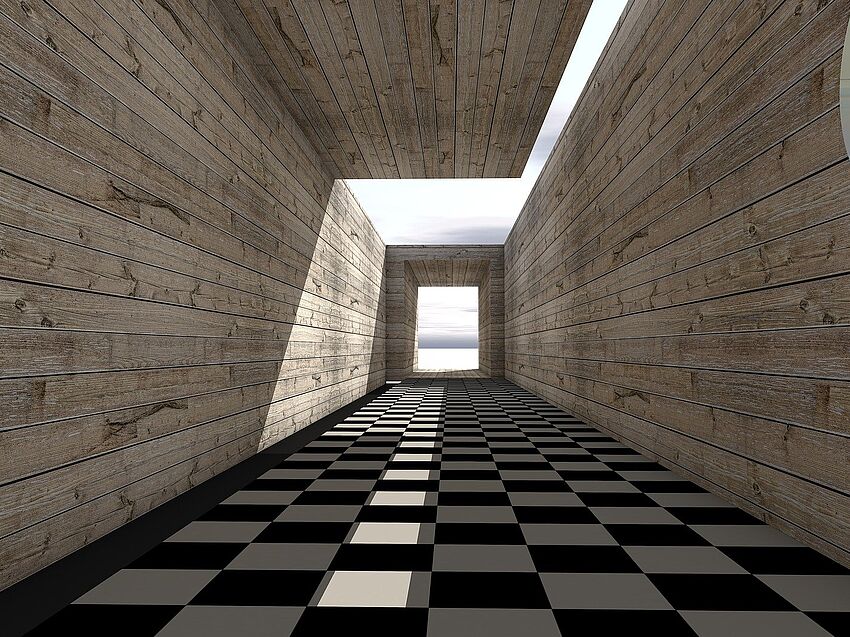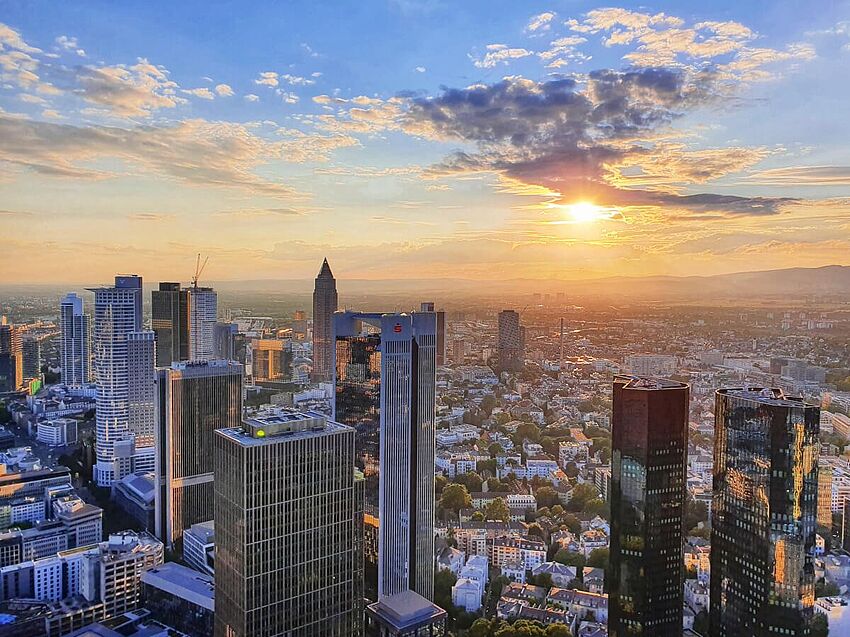Carbon concrete: building material of the future for sustainable construction
Facades not only lend buildings their characteristic appearance but increasingly they must also meet high technical standards and demonstrate energy sustainability. According to a study carried out by the Federal Ministry for Economic Affairs and Energy, buildings generate around 35 percent of final energy consumption and a third of the greenhouse emissions in Germany. The facade of the future combats climate change and ideally combines physical, energy-technical and design elements. The building industry and science face the major challenge of making optimum use of the potential of building shells through intelligent planning across all sectors. Promising research methods and innovative real facade solutions already exist.

BIQ – The algae facade
In the Wilhelmsburg district of Hamburg, with the construction of apartment block BIQ in 2013 arose a showcase model of sustainable architecture. It has a bioreactor facade which supplies the building with energy. Micro-algae are bred in plate-shaped panels which produce biomass and heat via photosynthesis. They are then harvested and treated further for the production of biogas. Heat is generated in addition to biomass which is used for heating and hot water. This holistic regenerative energy concept sets new standards in sustainable building.
Innovative Photovoltaic Modules from research
The future of sustainable architecture lies in solar power generation. Many facades provide the best conditions for integration of photovoltaic modules on account of their large surface area. Unfortunately, the technology is seldom incorporated into the building planning for budgetary reasons. Consequently, research and development pursue the ambitious goal of harmonizing economic and ecological aspects. Scientists at the Fraunhofer Institute for Solar Energy Systems (ISE) under the name TPedge developed an innovative method in module production, which replaces the costly film lamination in the manufacturing process. A wafer-based solar module can be mass produced within a minute. By way of a comparison: it takes 16 minutes using the standard method. Today 70 solar modules from the innovative pilot project adorn the exterior facade of a laboratory building of the ISE in Freiburg.
A solar cell you can see through
Scientists are currently researching another pioneering method for sustainable energy production at the Michigan State University. They are looking for a way of using the window areas in buildings for the production of solar energy. To this end, in the past year they have presented a technology for transparent solar cells, which could transform glass facades into generating stations. Here, the researchers focused on one area of the light spectrum which cannot be perceived by the human eye. They have been able to develop a solar concentrator which, installed on a window pane, generates power and is invisible to people. The technology is still in its infancy but a 20 percent degree of efficiency should be possible in future.
Sustainable facade solution based on the example of the new Spiegel-Verlag building
Although the builder does obtain energy efficiency via the extensive closure and insulation of wall surfaces, the comfort factor in these dark buildings tends to fall by the wayside. An intelligent partitioning of closed and glazed facades or frontages is, therefore, the ideal solution. The architects at Henning Larsen Architects have succeeded impressively in their planning of the new Spiegel-Verlag building at Ericusspitze in Hamburg. The exterior, glazed building shell is like a “window to the city”, which can also be used for multimedia projections. The thermal insulation glazing is energy efficient and protects against overheating in the summer and excessive cooling in winter. The interior wall of the imposing building is sealed up to 35 percent and demonstrates energy sustainability.
The Closed Cavity Facade
The Commerzbank Tower in Frankfurt features Germany’s first Closed Cavity Facade, a double-shell building skin with a completely sealed dead-air space. Via the ventilation of the space and the separation of external and internal climatic conditions the energy efficiency is improved. Solar shading which is fitted between the two layers adapts to the current light conditions and ensures that the indoor climate is cool in summer and does not cool down excessively in winter. As a consequence, heating and air conditioning are used less often. This in turn also increases sustainability. However, the double shell also has a disadvantage: the panes get dirty from the condensation. Since the new type of facade is fully self-contained and cannot be opened, in addition to cleaning, the maintenance of building components such as solar shading motor poses a challenge. But there are already promising ideas for optimization.
Using opportunities
These examples show that all innovative facade solutions will pursue a central objective in future: sustainability and energy efficiency. The potential is as large as the building shells themselves. It is now necessary to take advantage of the opportunities.




